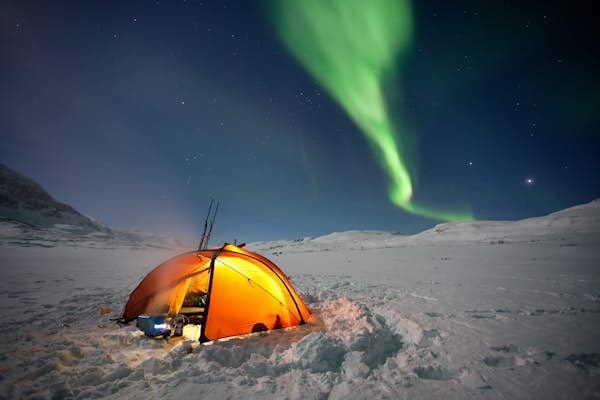Why the 7 Principles of Leave No Trace Matter Now More Than Ever
Original content owned & copyrighted by Green Global Travel. It’s undeniable that getting outside and exploring nature is good for your mind, body, and soul. But is it good for the natural world? That depends. Are you going off trail when you hike? Have you ever stacked rocks in order to leave a marker? Do you like taking animal selfies to amaze your friends Keep Reading The post Why the 7 Principles of Leave No Trace Matter Now More Than Ever appeared first on Green Global Travel.
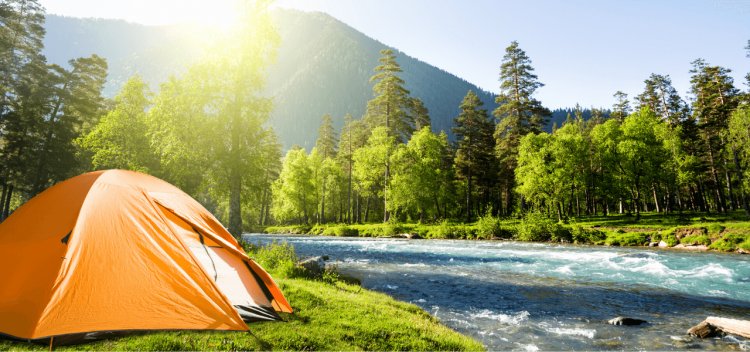
Original content owned & copyrighted by Green Global Travel.
It’s undeniable that getting outside and exploring nature is good for your mind, body, and soul. But is it good for the natural world?
That depends. Are you going off trail when you hike? Have you ever stacked rocks in order to leave a marker? Do you like taking animal selfies to amaze your friends via social media?
If you answered yes to any of these questions, your outdoor explorations may be doing more harm than good. In this story, we’ll explore why responsible travel is vital to protecting ecosystems.
The sad truth is that most people don’t actually know what environmental stewardship is, or the role we, as outdoor adventurers, play in it. That’s what the 7 principles of Leave Not Trace are for!
These principles attempt to prevent damaged trails and natural areas, destructive fires, overly crowded parks, and polluted water. This code for outdoor ethics also aspires to protect native wildlife, and to connect more young people to nature.
The Leave No Trace principles are ultimately designed to help us stay one step ahead in protecting ecosystems.
Here, we’ll explore the origins of the Leave No Trace ethos, explaining what they are, why they matter, and how they can guide each us to become environmental stewards for the places we explore.
READ MORE: What is Ecotourism? (History & Principles of Responsible Travel)
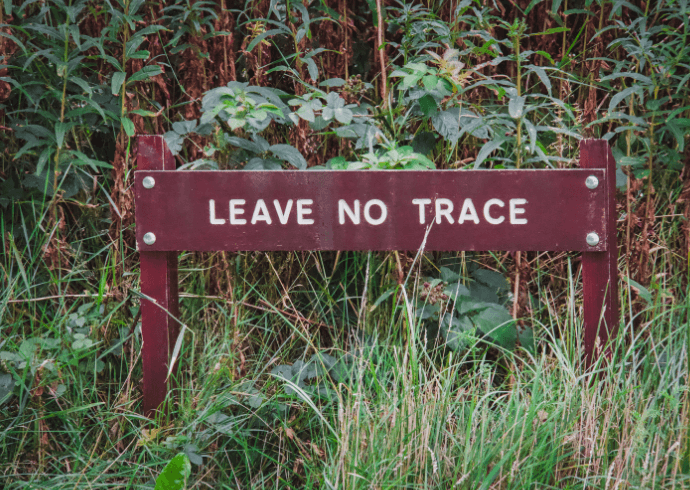
Origins of Leave No Trace
The original concepts behind the Leave No Trace ethos came from a push for increased environmental conservation after the mass destruction of WWII.
The Leave No Trace movement didn’t officially gain steam until the 1960s. This is around the same time that recreational camping became more common (mainly because things like tents, sleeping bags, and gas stoves became more widely available to consumers).
With the increase in visitors to US National Parks, National Forests, and National Wildlife Refuges, these parks began to educate visitors on how to have a minimal impact on the environment.
In 1987, the U.S. government created a pamphlet on “Leave No Trace Land Ethics.” Conservation-minded organizations such as the Sierra Club, National Outdoor Leadership School, and Outward Bound also encouraged low-impact behaviors.
In 1990, the U.S. Forest Service created the national Leave No Trace education program. The program went hand-in-hand with their other outdoor education programs, like Smokey Bear and Tread Lightly!
Since 1994, the Leave No Trace Center for Outdoor Ethics has managed the national Leave No Trace program. They research current issues and constantly update information on their LNT website.
They have helpful infographics and information on the seven principles of Leave No Trace. And while the program originally started as a guide for backcountry camping, their principles have since been adapted for the “front-country,” too.
READ MORE: Top 20 National Forests in America for Camping and Hiking
The Seven Principles of Leave No Trace
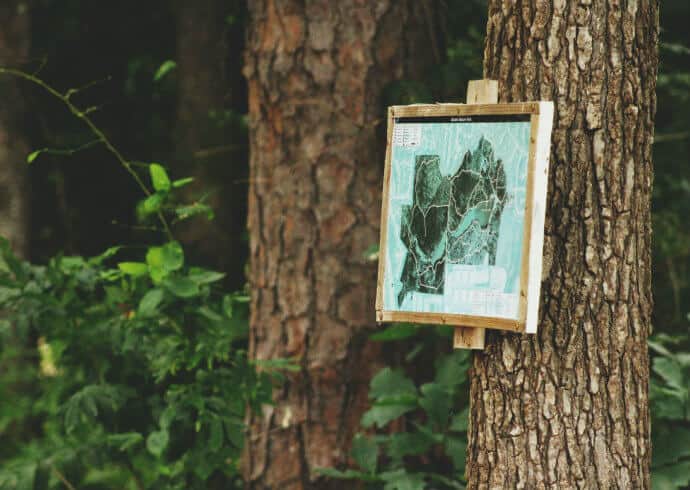
1. Plan Ahead and Prepare
The first principle of Leave No Trace is to plan ahead and prepare for your adventure. Although this is most important when exploring the backcountry, it’s also important for day trips into the woods.
Park rangers and outdoor educators created this principle to encourage preparation for issues regarding safety, food waste, and resource damage.
Hikers that don’t know enough about the area (or who are inexperienced) may risk getting injured, lost, or have inadequate resources for their adventure.
But if you plan ahead and prepare, you’re less likely to put yourself and others in danger.
This principle is adapted for the front-country as “Know Before You Go,” which is the same idea. It means to do proper research about the place you’re exploring, pack adequate food and water, wear appropriate clothing, and follow maps to stay on marked hiking trails.
READ MORE: 20 Camping Tips & Tricks for Responsible Travelers
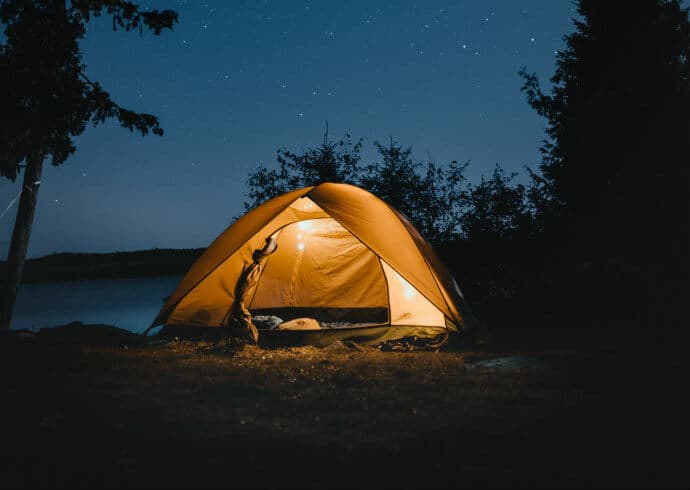
2. Travel and Camp on Durable Surfaces
Damage happens when people go off trail, or camp in unapproved spots. When plants or organisms are trampled under your feet or tents, the area loses flora growth and can experience soil erosion.
Hiking trails are there for a reason: They give people a specific route to travel on that is mapped, marked, safe, and uses a strategically small portion of the ecosystem.
When you do need to go off-trail during a backcountry hike, try to find durable surfaces such as rocks, sand, gravel, ice, and snow. Try to avoid walking on vegetation, or in standing water. Avoid making loud noises that will frighten wildlife.
Use these same guidelines for setting up your camp. Designated camping areas are always best. But if you’re going to camp in the backcountry, try to find durable surfaces to camp on.
This principle is almost exactly the same for front-country travel, encouraging people to “Stick to Trails and Camp Overnight Right.”
READ MORE: Best Camping Tents for Families

3. Dispose of Waste Properly
Trash can be dangerous to animals, plants, water, and other people if not disposed of properly.
That’s why the third Leave No Trace principle encourages you to be mindful of how you get rid of things. This principle also outlines what you should do with different kinds of waste.
For example, it’s a bad idea to put food waste on the fire, because it may not completely burn. So it can attract animals who may be harmed by eating it.
If you wash your dishes and then dump the water in a stream, the chemicals in the soap can be very damaging for the water and the species living in it.
For the front-country, the principle is “Trash Your Trash and Pick Up Poop.”
Carry plastic bags for stowing waste to throw away at home. Use bathrooms or outhouses whenever possible. Pick up your pet’s poop. And don’t put any waste, food, or soap into waterways.
READ MORE: 15 Ways to Reduce Waste & Move Towards Waste-Free Living

4. Leave What You Find
When people take flowers, rocks, or other objects from nature, it damages ecosystems and also takes away from the experiences of the people that come after them.
The fourth principle of Leave No Trace asks that visitors try to make the most minimal impact possible.
This includes something as simple as moving pinecones to set up a tent, but moving them back where they were when you leave.
It’s also very important to avoid damaging trees and plants. Don’t cut down trees, even for firewood. Do NOT carve initials into trees. Try not to trample or pick plants and wildflowers.
Objects such as antlers, petrified wood, colored rocks, or cultural objects like Native American arrowheads should not be moved. It can not only affect animals, but it takes away from other peoples’ experiences of the place.
The front-country principle is the same, with it being called “Leave It As You Find It.”
READ MORE: Can the Maritime Forest Survive Climate Change?
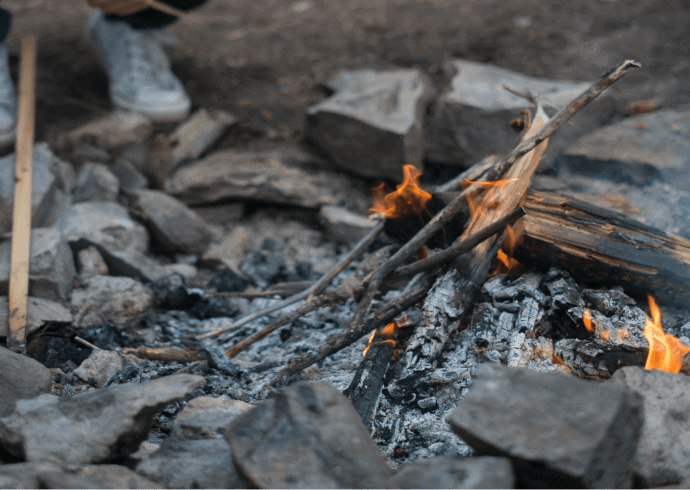
5. Minimize Campfire Impacts
Campfires are almost synonymous with camping: It’s difficult to imagine one without the other. But campfires can be extremely damaging to nature, so you have to be careful.
First, take time to look up whether or not there are any fire restrictions in the area. You can also ask the rangers at the national or state parks you visit.
The least harmful option is a camp stove, because they’re easy to use and Leave No Trace. However, if you do want a campfire, the first thing to consider is where to put it.
Try to find an existing fire ring made out or rocks. Having fires limited to only one spot reduces the damage on the soil. Firepans are also a good option, since they protect the soil.
Next, you’ll need firewood. As mentioned, you should never harm a live, standing tree for firewood. Birds and insects make their homes here. The best option is always limbs that have already fallen.
You can always buy firewood, but it should be from a local source rather than from home. The wood you burn needs to be present within the local ecosystem.
It’s also important to make sure wood is burned all the way through and fires are put out with water. Always tend to a fire regularly, and try not to burn it too high or for longer than you need.
The front-country principle for this is “Be Careful with Fire,” and advises the same things.
READ MORE: The 15 Best State Parks in Georgia
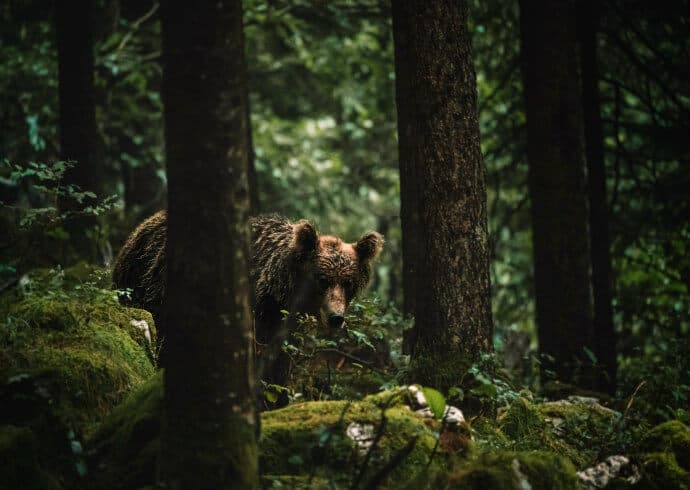
6. Respect Wildlife
In all of the above principles, the primary goal of the LNT principles is to have as little effect on surrounding nature as possible. This includes respecting the rights of wildlife.
Whether you’re on a wildlife safari in Africa or watching wildlife in US National Parks, it is always a bad idea to get too close or otherwise invade the space of wild animals.
Long story short, if your presence appears to alter their behavior in any way, you should back away. This goes for animals on land as well as those in the sea, if you’re snorkeling or SCUBA diving.
If you’re into wildlife photography, it is ALWAYS recommended to do so from afar. You should never touch or feed animals, and even loud noises can be damaging to them.
You must be careful to give wild animals their space, be quiet, and take measures to prevent them from getting into your food and garbage.
The front-country principle summarizes this perfectly with its title, “Keep Wildlife Wild.”
READ MORE: 70 Cool & Weird Animals Around the World
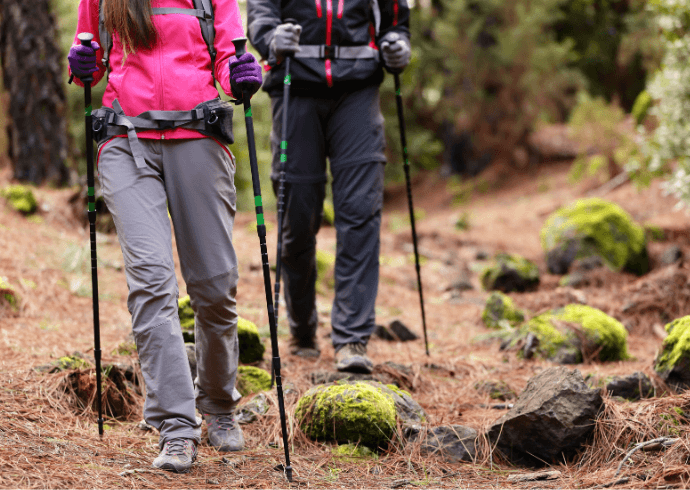
7. Be Respectful of Other Visitors
The last Leave No Trace principle is to be respectful of other people you’re sharing the area with. Playing music, talking loudly, and not making space for others on trails are all disruptive.
Many people want peace and solitude to appreciate their surroundings, so try not to take away from the tranquility of nature.
Remember that you’re also sharing trails with other hikers, runners, cyclists, and/or equestrians, and be mindful of those around you.
If you bring your pets with you, make sure they’re on leashes where required, and that you’re picking up their poop and aren’t allowing them to bother others.
At the time this article was written, the COVID pandemic was still prevalent. One important way to respect others is by wearing a mask and remaining socially distanced when you’re on the trail.
The front-country version of this mainly applies to popular hiking trails, urging everyone to “Share Our Trails and Manage Your Pet.”
READ MORE: 40 Green Travel Tips (Ultimate Guide to Sustainable Travel)

Examples of Bad Behavior vs. Leave No Trace
| BAD BEHAVIORS | LEAVE NO TRACE |
|
Phone not being charged Not paying attention to the time |
Have Map and Follow Trail Charged Phone or Battery Pack Planning Your Hike |
|
Going to close to an edge |
Travel on durable surfaces Stay on marked trails |
|
Not disposing of trash properly |
Do not leave food or trash out Dispose of waste properly |
|
Carving name into trees Stacking rocks Picking flowers |
Leave what you find Have minimal impact Don’t take flowers or objects |
|
Cutting down trees Bringing firewood from home |
Pay attention to restrictions Only already fallen limbs Only local firewood |
|
Being too loud Feeding animals |
Respect wildlife Do not get too close or be loud Never feed animals Store food correctly |
|
Not wearing a mask (during COVID-19) |
Yield to hikers, bikers, and equestrians Always dispose of trash and pet feces Wear mask and socially distance |
–by Sonny Grace Bray, lead photo via Canva
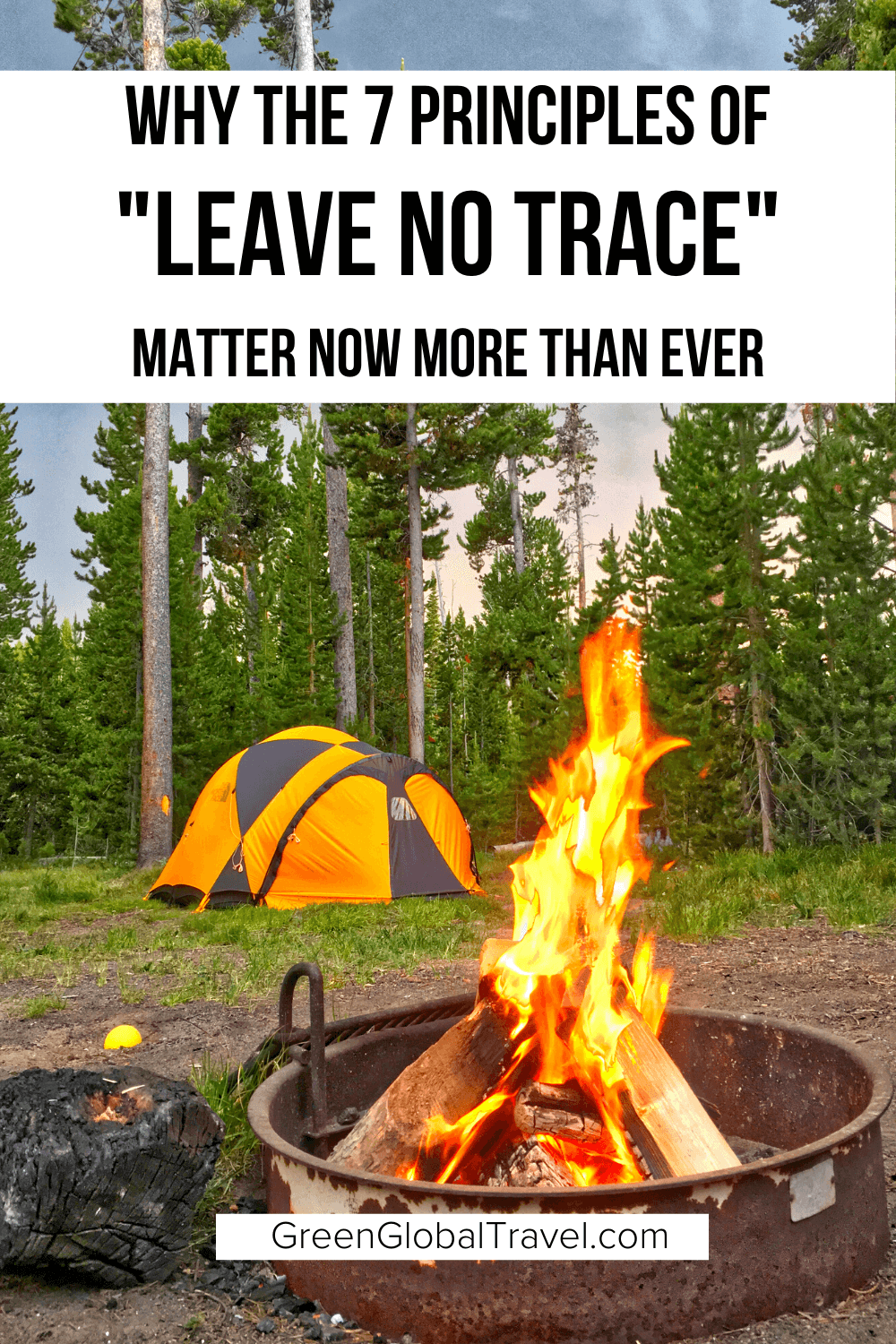
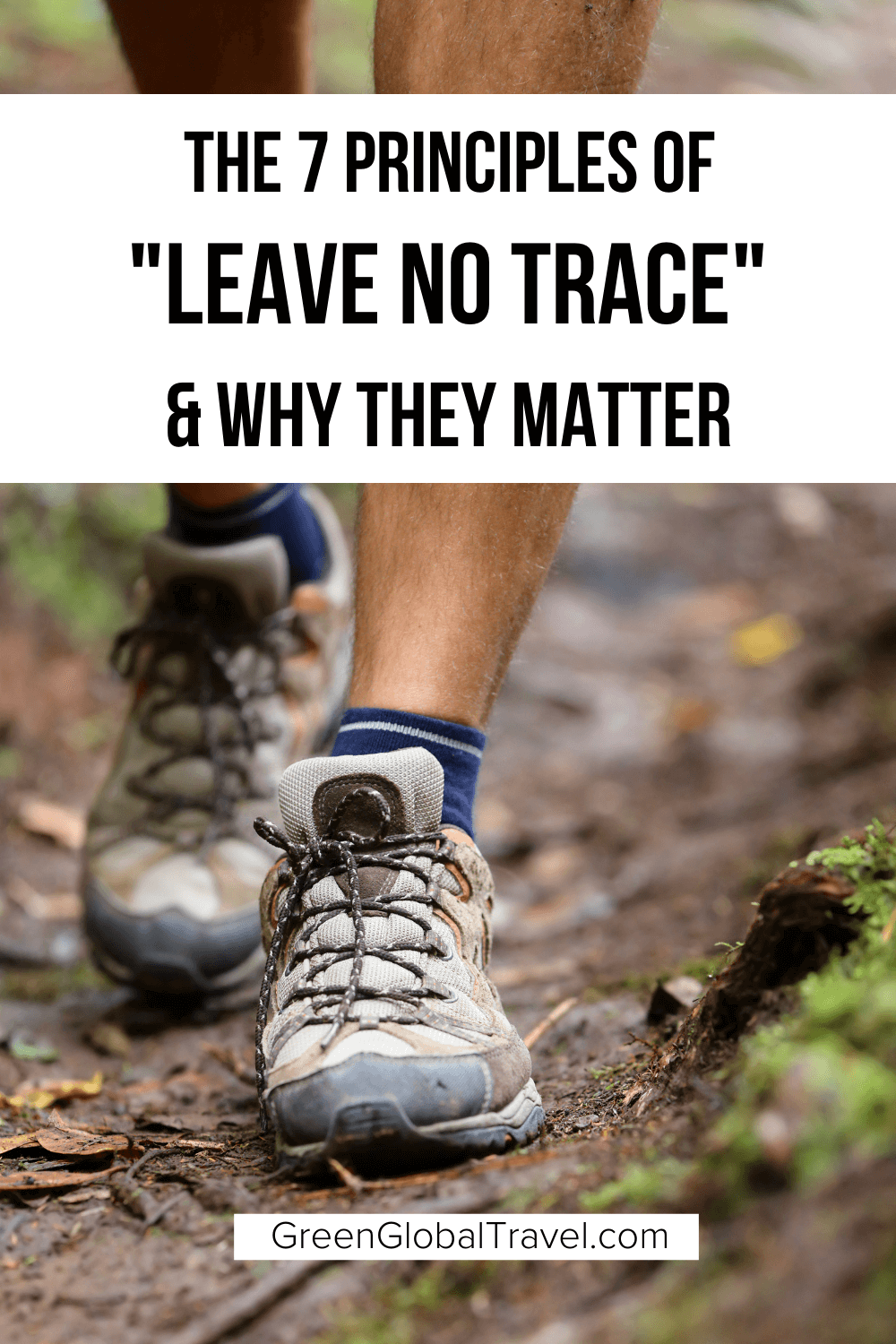
The post Why the 7 Principles of Leave No Trace Matter Now More Than Ever appeared first on Green Global Travel.

